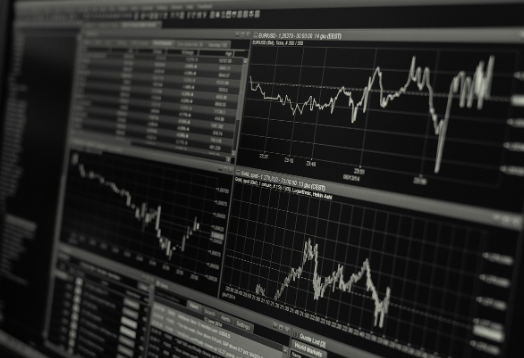#stockmarket #economy #FederalReserve #investors #financialdata #stockindexfutures #USstocks #marketoutlook
In the ever-evolving landscape of the financial markets, U.S. stock index futures presented a lackluster performance on Thursday, leaving investors in a state of anticipatory analysis as they look towards more comprehensive data to understand the broader economic outlook. This cautious observation comes at a pivotal moment when deciphering the Federal Reserve’s forthcoming policy moves is crucial for strategizing future investments. However, this subdued activity didn’t come as a surprise to market veterans who noted that, historically, the period leading into a long weekend often witnesses a dial-down in trading volume and intensity, signaling a temporary pause in the usually bustling market dynamics.
The investors’ collective pause to catch their breath and await further data indicators is a reflection of the current economic undercurrents shaping the Federal Reserve’s policy direction. The anticipation revolves around deciphering how the central bank will tackle inflation, interest rates, and other economic stimuli in the coming months. The outcome of such policies has a direct and profound effect on stock prices, market liquidity, and the overall investment climate. As such, there exists a palpable tension among investors, both retail and institutional, as they navigate through these uncertain times, making informed decisions hinged on upcoming economic data releases and Federal Reserve policy updates. This scenario underscores the interconnectedness of monetary policy, economic indicators, and market sentiment in orchestrating the ballet that is the stock market.
Moreover, this period of subdued activity and watchful waiting underscores a larger, more strategic approach to investing under uncertainty. Investors are becoming increasingly adept at reading between the lines of economic data releases, parsing Fed speeches, and making nuanced deductions about future market directions. This skill set is becoming indispensable in an investment landscape that is ever more influenced by global events, technological advancements, and shifts in consumer behavior. As the market awaits with bated breath for the next slew of economic data, the overarching sentiment leans towards cautious optimism. The hope is that upcoming reports will shed light on the economy’s health and provide a clearer path forward for both the Federal Reserve and market participants. In essence, this moment of collective anticipation highlights the ongoing dance between policy, data, and investment decisions—a dynamic that continually shapes the contours of the financial markets.







Comments are closed.